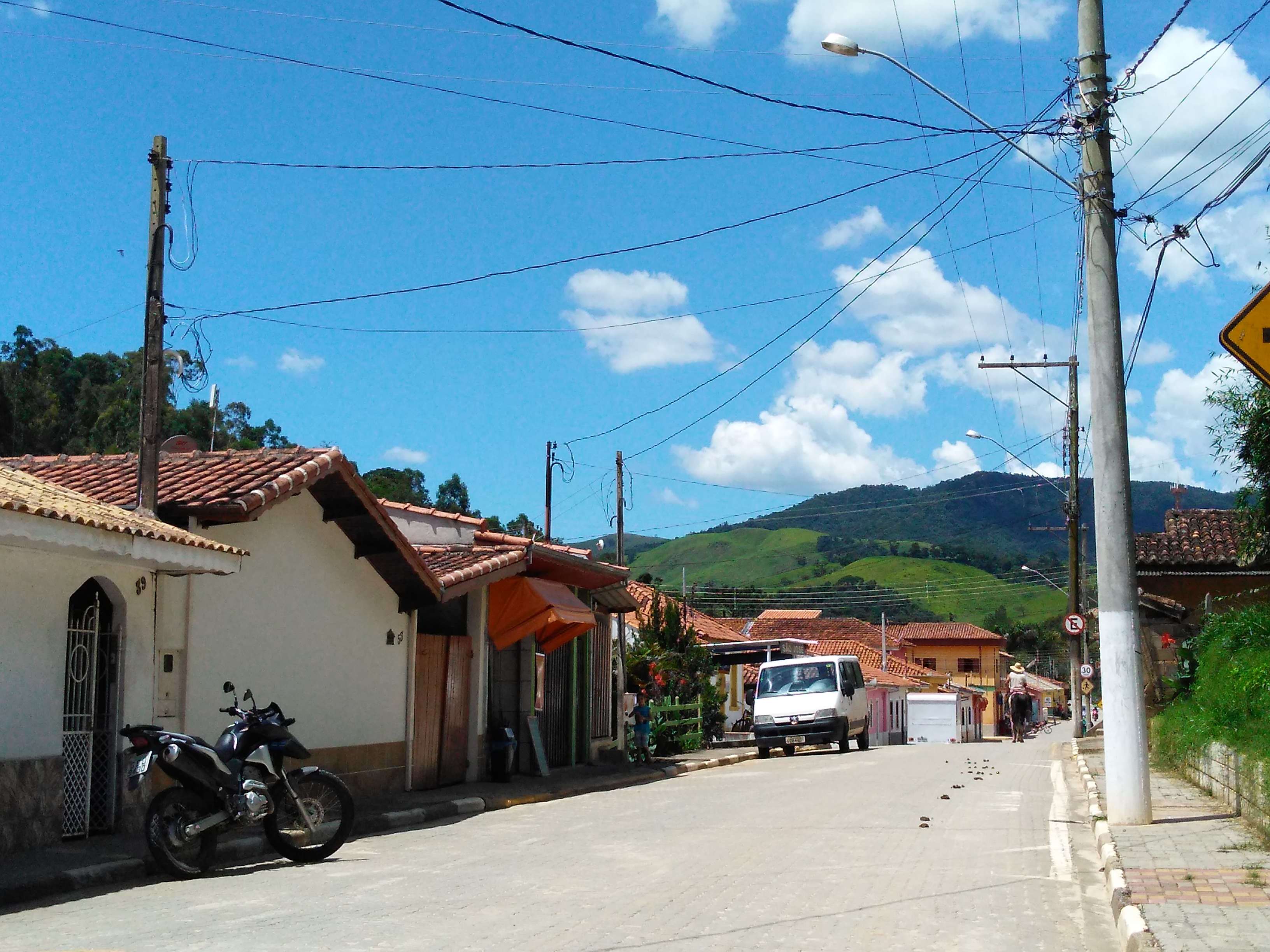Catuçaba
Catuçaba, São Luís do Paraitinga - SP, Brasil
The community of Catuçaba is comprised of a small urban village of approximately 800 inhabitants and its surrounding rural neighborhoods, all within the Chapéu River watershed in the municipality of São Luís do Paraitinga in Brazil’s São Paulo state. The landscape is a mosaic of land uses, including pastures, areas of native and recovering vegetation, eucalyptus plantations, and some small scale agriculture. Two hundred years of agriculture with poor soil management has resulted in current soil degradation and exhaustion. As a result of recent floods and droughts, community members are getting more involved in restoration projects.
Top environmental challenge faced by the community (currently or in the past 10 years):
The community of Catuçaba comprises a small urban village (approximately 800 inhabitants) and its surrounding rural neighborhoods, all being part of the Chapéu River watershed in the municipality of São Luís do Paraitinga, São Paulo state, Brazil. Two hundred years of agriculture with poor (and sometimes none) soil management techniques in a hilly landscape resulted in current soil degradation and exhaustion. In addition to that, soil erosion and accumulation in rivers and watersprings are also a current environmental issue. The landscape is a mosaic of different land uses, including pastures, areas of native and recovering vegetation, eucalyptus plantations and some small scale agriculture. Pastures occupy 56% of the area, however forest has been naturally recovering in 19% of them.
How the environmental challenge has affected local livelihoods:
Cattle raising was established in the area around the 30's, when soil was already considered unsuitable for growing crops, and it is still the main economic activity. However, the quality of pastures and milk production have been declining for decades now. Therefore, bigger areas of pastures are required to keep the productivity and many landowners fall back on other activities in order to complete their income. Finally, many others have moved to cities searching for better opportunities, abandoning the field.
Community response to the challenge, through environmental stewardship (conservation) initiatives that improve environmental well-being and support sustainable livelihoods:
A local non-governmental organization has developed projects with some members of the community for the last 9 years, with state-level institutions and universities as partners. The projects relate to: forest restoration; waterspring protection; data generation to subsidize actions towards the improvement of environmental quality; a participatory rural appraisal; and rural sustainable development initiatives based on agroecological principles, to improve the quality of pastures, smallholder crops, and regenerate the soil. After extreme events such as a big flood (2010) and severe drought (2013 – 2014), more community members got interested in taking part in restoration projects, and a growing number is willing to adopt agroecological techniques. Apart from that, the community has gathered and taken action to plant native trees in some spots vulnerable to erosion along the river. Still, the community has to overcome great challenges regarding collective organization and action. Participation at such initiatives is still low, there is a lack of opportunities for young people, and rural livelihoods are undervalued. In addition, many landowners are reluctant to embrace innovation.
Extent to which governmental policy (at local, regional or national levels, as relevant) has supported, or been contrary to, the community's responses to the environmental challenge:
Different state-level institutions have been working as partners in such projects, supporting and strengthening the local initiatives. This is particularly important considering that the local government, due to political instability, has not contributed to the community responses.
Keywords: Ecosystem
Agricultural, Forest, Freshwater, Montane/Mountain
Keywords: Resources
Forest, Soil, Water
Keywords: Big Issues
Land use, Resource use
Keywords: Solutions
Ecological Restoration, Empowerment, Governance/Management, Public participation
Contributed by: Alice Ramos de Moraes
The information provided and opinions expressed above are the responsibility of the contributor and do not necessarily reflect the views and analysis of the Community Conservation Research Network (CCRN), nor those of all members of the community described.
For any questions or comments on Communities in Action, please contact us
here.



